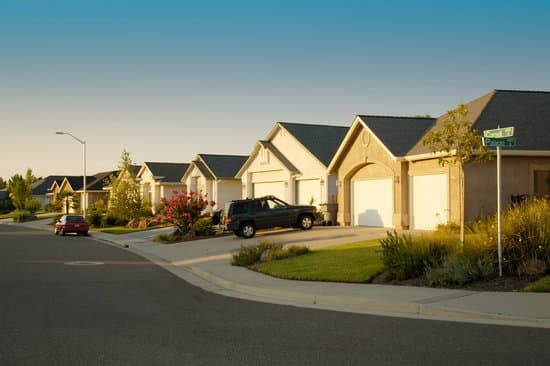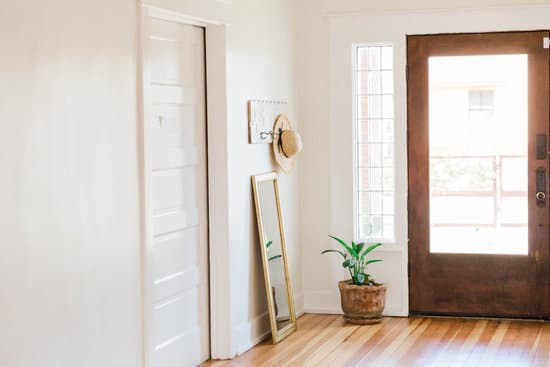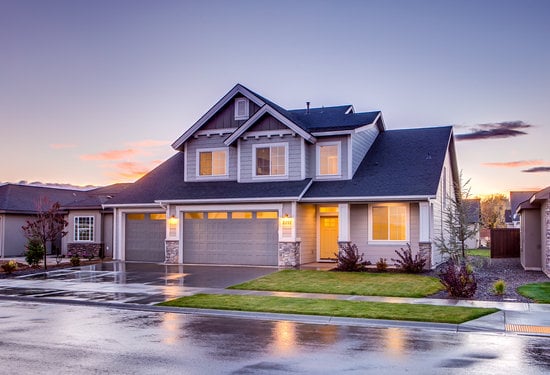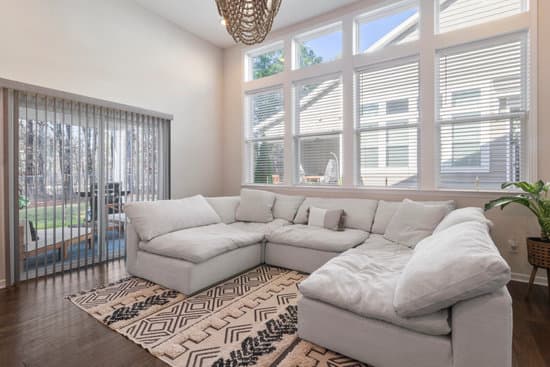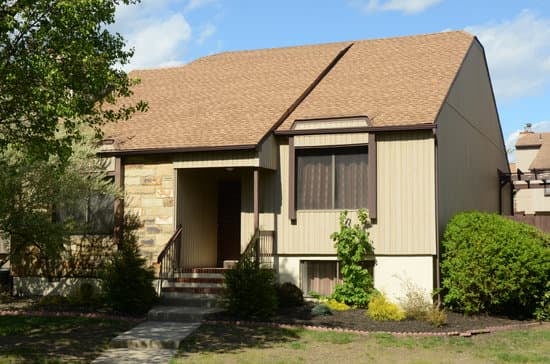One of the keys to a successful vegetable garden is knowing which plants should not be planted next to each other. Certain combinations can actually harm the growth of neighboring plants or attract pests and diseases. Here are some vegetables that should not be planted next to each other:
Potatoes and tomatoes: Both plants are susceptible to the same blight, which can quickly spread from one to the other and cause serious damage to your entire crop.
Peas and onions: Onions emit a chemical that can stunt the growth of peas, making it harder for them to produce a successful yield.
Strawberry and cabbage: Cabbage moths are attracted to both plants, and they can easily jump from one to the other if they’re grown too close together.
Dill and carrots: Dill attracts tomato hornworms, which also like to feed on carrots.
Basil and cucumbers: Basil and cucumbers both attract the same type of pest: the cucumber beetle. Growing them together can lead to a much higher population of beetles that can damage the foliage and fruits of both plants.
Lettuce and fennel: Fennel produces a chemical that can actually kill lettuce plants if they are grown too close together.
It’s important to plan out your garden carefully to ensure that each plant has the space it needs to grow and thrive without being affected by its neighbors. By avoiding these combinations, you can increase the chances of a successful harvest and enjoy a bountiful crop of healthy, delicious vegetables.






